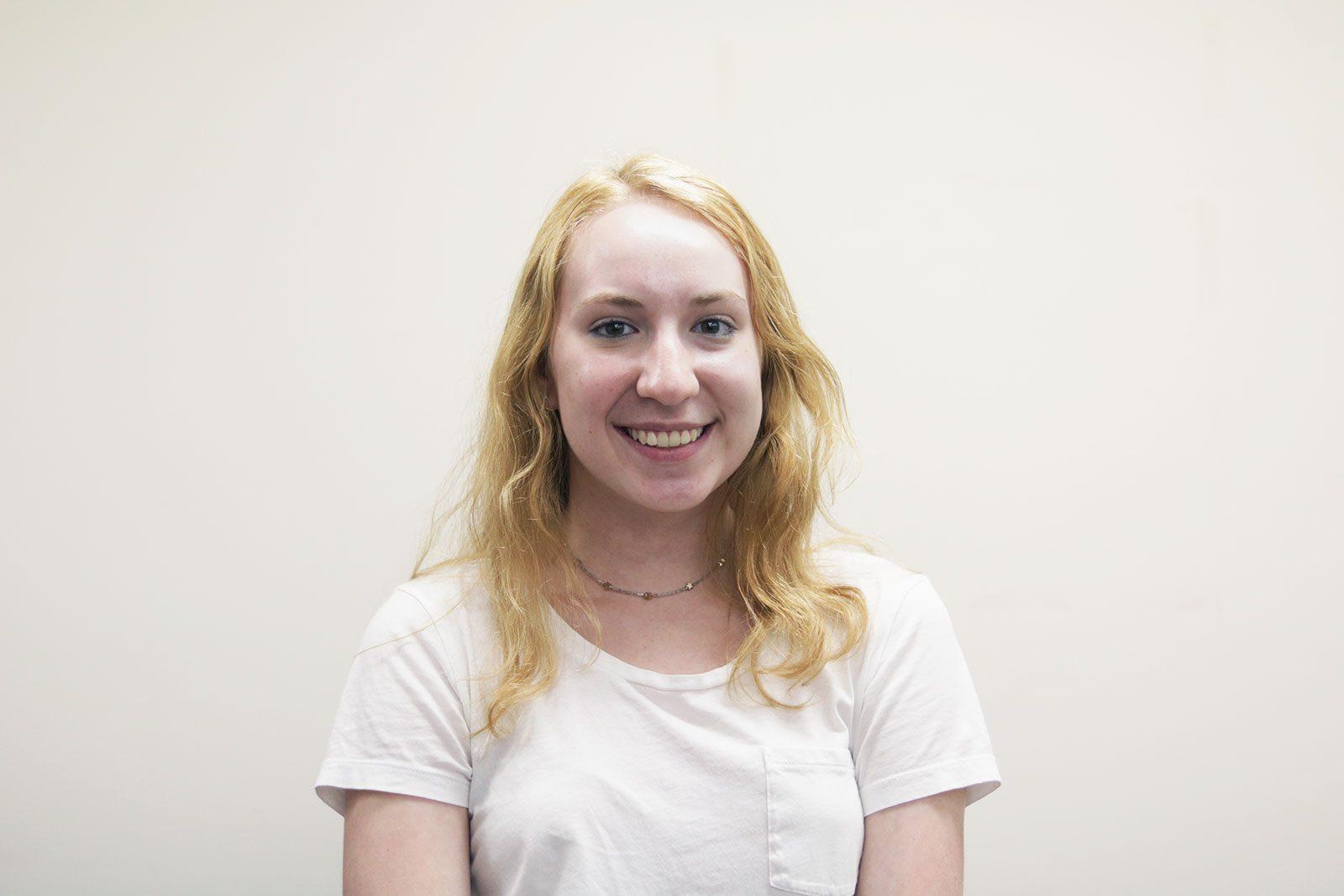For returning students, it’s hard not to notice the pile of rubble in Kenmore Square that used to be 533 Commonwealth Avenue. There once stood the Barnes and Noble and on the corner lies the ghost of City Convenience.
The scaffolding makes walking on the Kenmore sidewalk all the more difficult and a fine layer of dust is constantly covering the vicinity. Students are asking themselves what the lot will become home to and when the construction will be complete.
Boston University knows the answer. The school sold those properties in 2016 for $144 million to Related Beal, LLC, who has recently broken ground on its luxury hotels and office spaces. More specifically, the elite Boston developer plans to bring 677 hotel rooms, 253,735 square feet of office space and 28,765 square feet of retail space to Kenmore Square. The new buildings are planned to reach heights of up to 110 feet.
Upon viewing Beal’s renderings of the new developments online, I questioned if they would fit in with the existing Kenmore/Fenway buildings. How would an eight-story glass building look on a sidewalk cluttered with McDonald’s and Starbucks trash? How would the luxury hotel patrons interact with the homeless individuals that frequent Kenmore streets?
A development of this magnitude can only mean one thing: gentrification. And this isn’t a new phenomenon in the Kenmore/Fenway area.
Due to projects like the one Related Beal is currently undertaking, the once-dingy ballpark neighborhood has seen its property value increase by 85 percent since 2010, according to Zillow’s annual report on the area.
Low-end chains such as D’Angelo Sandwich Shop, Best Buy and Burger King have had their properties bought out from under them to clear the way for Fenway Triangle, which is now home to upscale dining and luxury apartments. Just walking down Brookline Avenue, anyone can see the old warehouse-like buildings filled with more expensive amenities such as crossfit studios, designer nail salons and $13 salad joints.
But the increased property value impacts more than businesses. One older woman who attended my church in Cambridge was forced out of her Fenway residence; she told me that when it came time to renew her lease, she saw that prices had skyrocketed. She has since moved to Springfield, Massachusetts.
According to a 2015 gentrification study by the Massachusetts Institute of Technology, the development of the neighborhood “clear[s] the way for an influx of white-collar workers,” and the original once-diverse population is being increasingly driven out.
The area’s African American population decreased by 10 percent between 2010 and 2013, while the white population remained above 60 percent. The neighborhood also saw an income increase from $36,719 in 2014 to $43,403 in 2017.
One 2017 study at the University of Massachusetts Boston found that among other serious consequences, gentrification can lead to a scarcity of low-income housing. The Kenmore/Fenway area is not immune to this side effect, so much so that the mayor’s office has had to step in to preserve affordable housing.
BU is only contributing to this trend. While the area loses, the school gains. The sale of the Kenmore properties for over $140 million is being put towards projects like the new Data Sciences Center, which will be standing tall on Commonwealth Avenue by 2022.
For an institution that emphasizes community service and community responsibility, did it not consider the irony of this financial move? With all the amenities forthcoming to the area thanks to Related Beal, only time will reveal the quantifiable impact on home value and resident displacement.
In the meantime, we must raise awareness of the ubiquity of gentrification and its effects on real people and the culture of the area in question.
























































































































